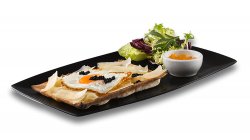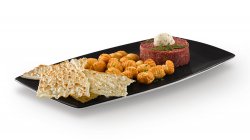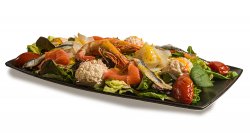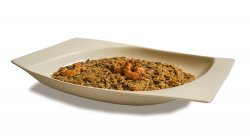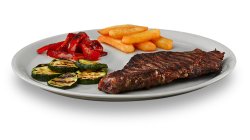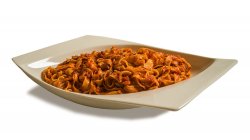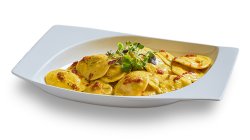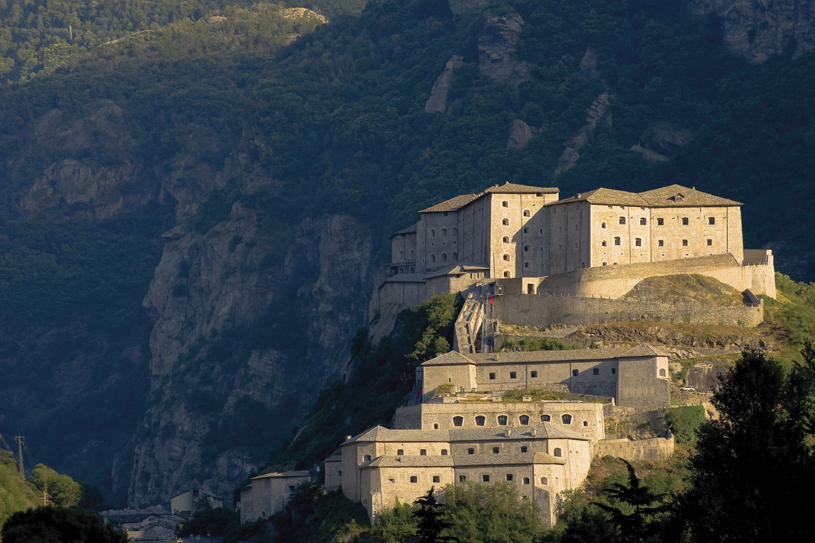
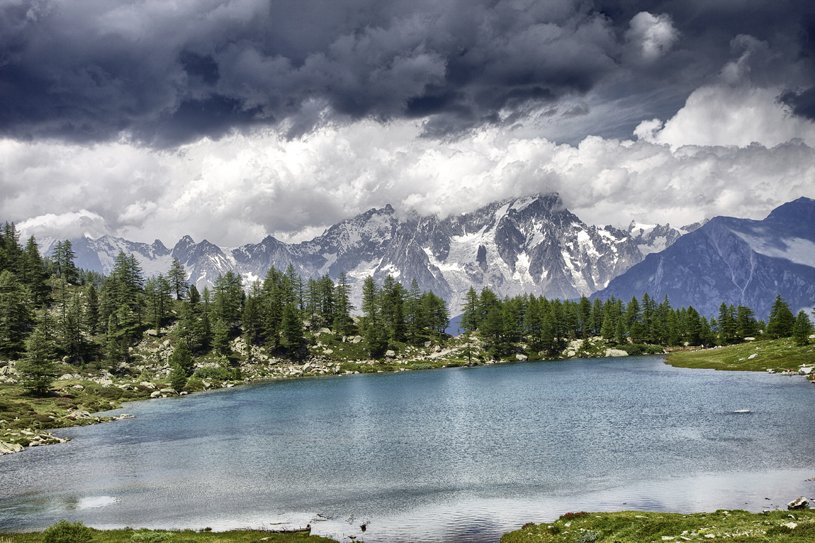
Aosta Valley and Alpine Cuisine
We now wend our way into Italy’s smallest region: Aosta Valley. Located in the heart of the Alps, it borders with France, Switzerland and Piedmont. This region is home to the highest mountains in Europe: Mont Blanc (4,810 m), Monte Rosa (4,638 m), Cervino (4,478 m) and Gran Paraiso (4,061 m). Indeed, the stunning beauty of its landscape has made it the favorite tourist destination in the Alps. Aosta Valley has a typical Alpine geography. The landscape of the valley changes as we gain height: at lower altitudes, all kinds of crops are grown, while higher up, cattle graze in lush meadows. Cereals are grown at high altitudes, and the hills are blanketed with vineyards, chestnut groves and fruit trees, including apple and pear.
The first known inhabitants of Aosta Valley were the Salassi, a Celtic warrior tribe that fiercely resisted the entire Roman Empire from the 2nd century BC to 25 AD, when the army of Aulus Terentius Varro Murena defeated them. The Romans named the conquered region "Augusta Praetoria", and founded the region’s capital, "Augusta", now known as Aosta. After the Roman occupation, Aosta Valley enjoyed a period of self-rule, until the Goths and, later, the Lombards invaded the area. In the 5th century, the Burgundians, a Germanic tribe, conquered the region. The Franks defeated the Burgundians in 534, taking over Aosta Valley. Following the division of the land among Charlemagne's heirs in 870, the region became part of the Kingdom of Lotharingia. The Savoyards, who settled in this area in the 11th century, wished to honor local customs and traditions. To that end, they drafted the "Charte des Franchises", a statute that allowed for some self-rule. In the 13th century, the followers of Peter Waldo, a Protestant preacher from Lyon, founded a number of Waldensian communities in the area. For centuries, the region continued to belong to the House of Savoy, save for a brief period between 1539 and 1563, when it was occupied by the French. In 1861, it joined the Kingdom of Italy as part of the Kingdom of Sardinia. After several rebellions for independence, it was finally proclaimed an autonomous region in 1948.
The region has been coveted throughout its history, owing to its strategic location on the trade routes towards France and northern Europe. However, its geographical inaccessibility has enabled cultural isolation and preservation of its own customs and traditions. The four official languages, a local dialect, French, German and Italian, reflect the cultural influences that are shared in the region and provide clues about what to expect from its cuisine. Given its landscape, without lowlands plains, it comes as no surprise that the cuisine is monotonous and lacking in variety.
Aosta Valley's cuisine is very different from the prevailing notion of typical Italian cuisine. In general, it is a simple, country-style, hearty cuisine with a pastoral tradition with French and Swiss influences. The clearest example is the Fonduta made with Fontina, the region's most famous cheese. Fonduta is a dish with a long tradition and deep roots in this area. It intends to bring people together, sitting them around a bowl of melted cheese in which a piece of toasted bread is dipped. This dish is typical of cold climates, where shepherds melted scraps of hard cheese for a meal. This dish is commonly associated with Switzerland, but it also has an Italian version. The region also has a number of game dishes; however, game meat has been replaced by more common meats, such as Motzetta, owing to the scarcity of native fauna to prepare dishes and cold cuts. The Motzetta is a cured meat, originally made from ibex, the wild mountain goats of the Alps, and now from chamois. The city of Cogne is famous for this product, which consists of meat cured with salt, bay leaves, sage, garlic and rosemary for 2 weeks, then allowed to air-dry for a month in the Alpine mountains. It is then cut into slices and eaten with rye bread, the most common type in northern and central Europe, combined with excellent, local butter.
Sausages are also very popular, which again suggests a certain Germanic influence. The traditional sausages are hard and air-dried, and made from a mixture of lean pork and beef with butter, salt, pepper garlic, bay leaf and spices, and sometimes clove. They also make blood sausages (black pudding). The boudins from Morgex or Gignod are the best. Potatoes are the most common side dish for meats and other Aosta dishes. They pair very well with hearty mountain dishes and grow easily in most soils.
Although it is not possible to name all the dishes, broadly speaking, local cuisine depends entirely on the setting, rather than external influences. We enjoyed the simple heartiness of the dishes. Aosta Valley undoubtedly boasts a comforting and straightforward cuisine that is based on many other products, including honey, fruits, wines, spirits... For this reason, our journey through Aosta Valley will continue one more week. Would you like to join us on our trip through this region? To be continued…
45.7388878, 7.4261865999999
Valle de Aosta
Aosta Valley (Italian: Valle d'Aosta; French: Vallée d'Aoste, Arpitan: Val d'Outa; Valdostan patois: Val d'Outa; Walser: Ougschtaland) is a region with a special statute, that straddles both sides of the Dora Baltea basin in the western Alps, in northwest Italy. It borders France to the west (departments of Haute-Savoie and Savoie in the Rhone-Alpes region), Switzerland (districts of Entremont, Herens and Visp in the canton of Valais) to the north and the region of Piedmont (provinces of Turin, Biella and Vercelli) to the south. Its capital is Aosta. Aosta Valley is part of the Alps-Mediterranean Euroregion.
City: 127.836 hab.
Surface area: 3.263 kmª
In our menu
Categories
